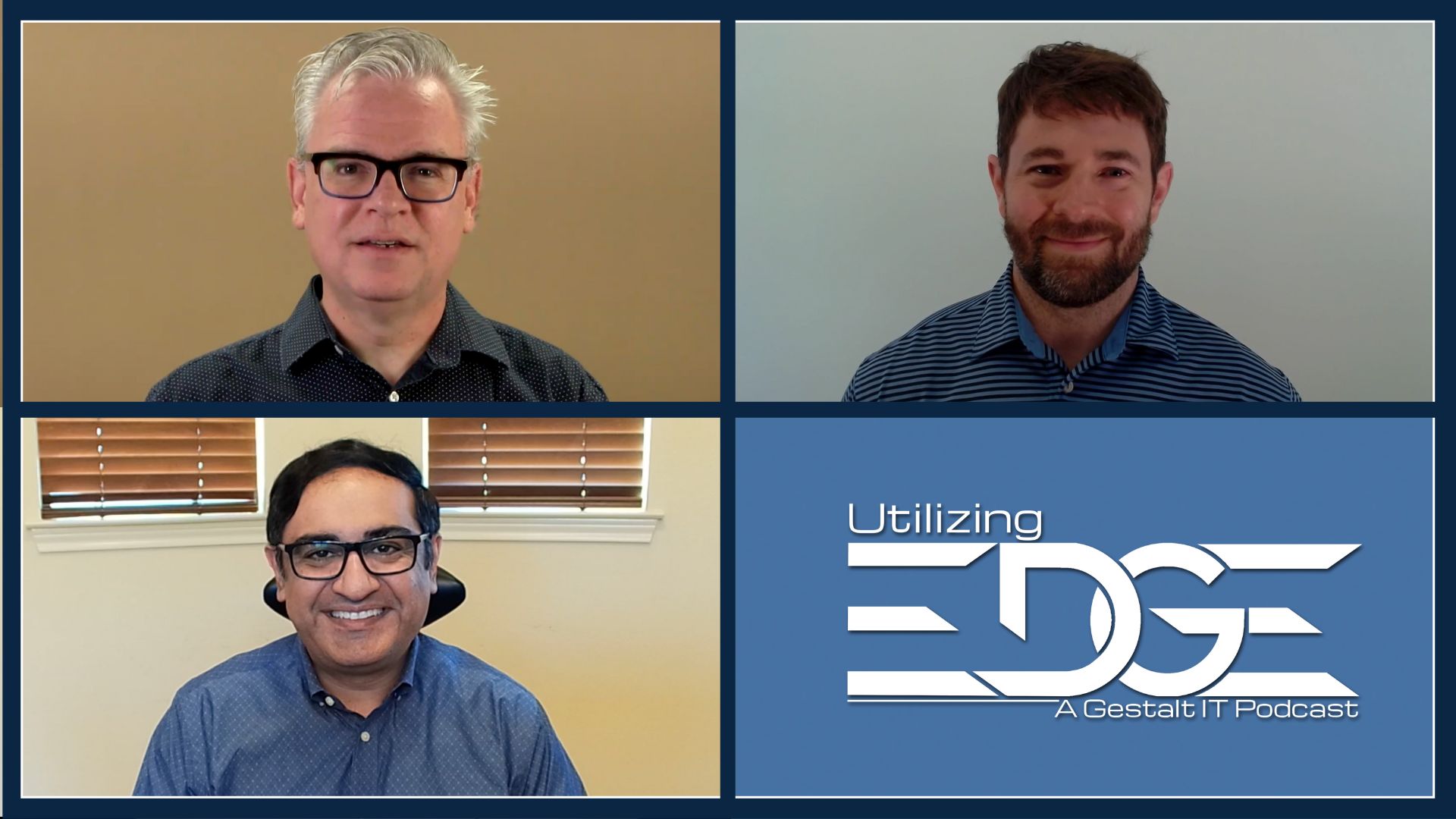Anyone who has undertaken a project to refresh or modernize IT infrastructure is familiar with the traditional song and dance of choosing a technology vendor for the various components of that infrastructure. Once the architects responsible for the project identify a logical design, it is then time to work with your preferred vendors and resellers to identify a solution that meets the design requirements.
What’s the Value Beyond Day 0?
Typically in discussions with these parties, the features of the solutions will be covered from a high level. If there is a deep dive into anything it is likely the day 0 deployment tasks. Many vendors like to cover how easy their solution is to deploy and how much time will be saved compare to traditional infrastructure when using their solution. While all the day 0 goodness of a shiny new toy has its value, it is most apparent to the architects who design a solution and the engineers who implement it.

The infrastructure is up, but now what? What do I do in the coming days when I need to patch or if I have an issue?
The Life of a VI Admin
When VMware presented at Tech Field Day 18, they did a great job of covering the entire life of a virtualization admin, all the way from day 0 through day 365. Tech marketing duo John Nicholson and Nigel Hickey’s presentation started like all projects do, with the day 0 provisioning and implementation, utilizing new tools like EasyInstall and Quick Start. Anyone who has been following VMware vSAN for a while knows the the process of standing up a new vSphere and vSAN cluster at the same time was not simple and required a lot of manual bootstrapping in
the past. With these new tools, VMware has made the process far simpler and allows admins to stand up the infrastructure and get on to their daily job of keeping the lights on. The life of the VMware virtualization admin doesn’t end at day 0 of course. Ongoing health of an environment means maintaining awareness of new patches and bug fixes that are available and taking the right steps to remediate. VMware has taken great steps in providing and updating this information for admins in recent years. In addition to the longstanding Update Manager that has been available for keeping vSphere up to date, there are now built in health checks to help alert known admins of known issues with cluster configuration or things like unsupported firmware and drivers for vSAN.



